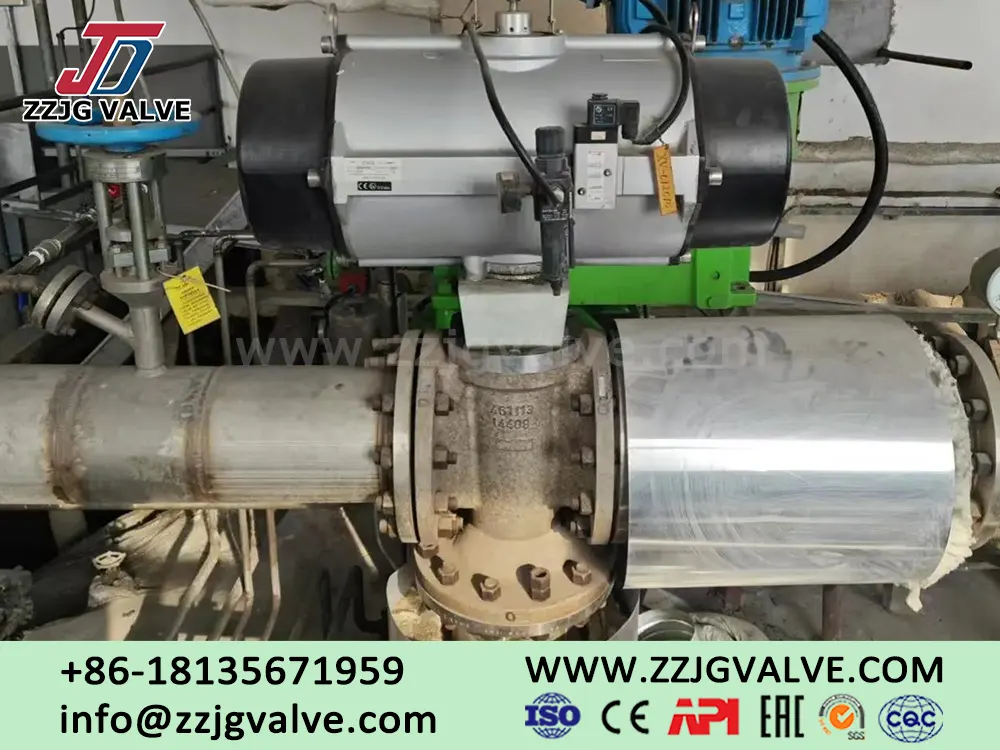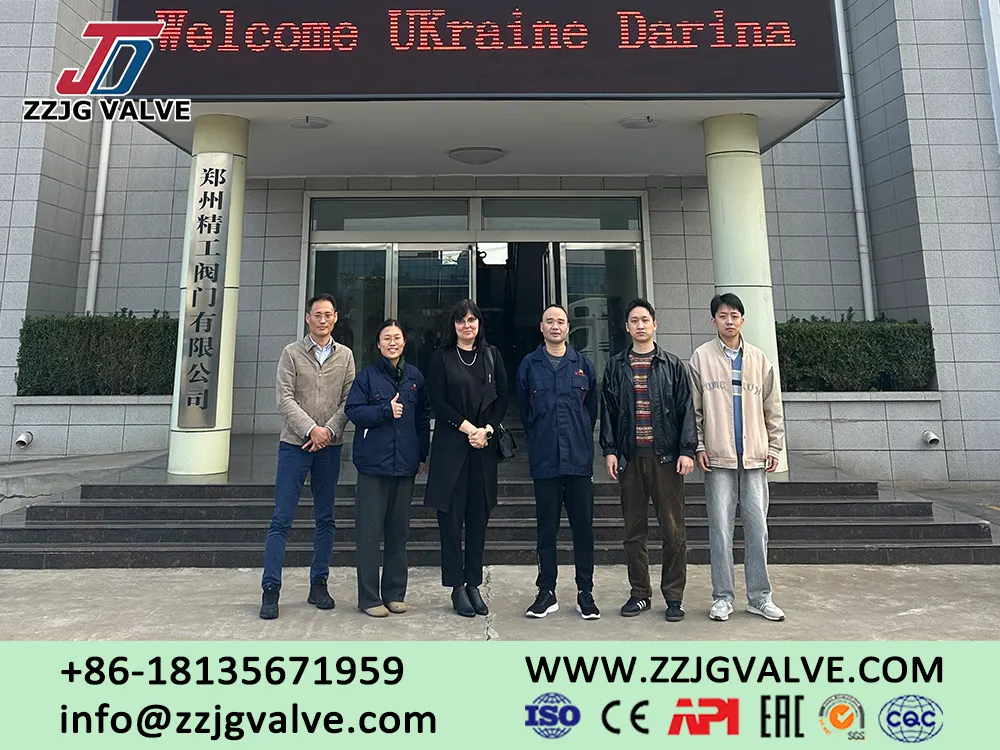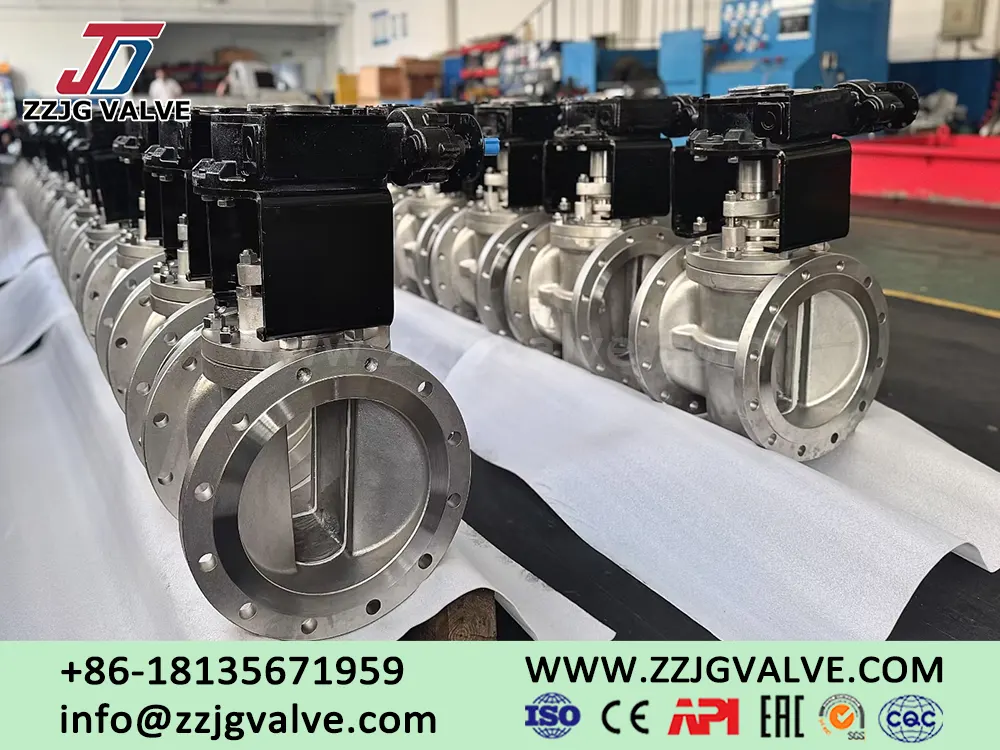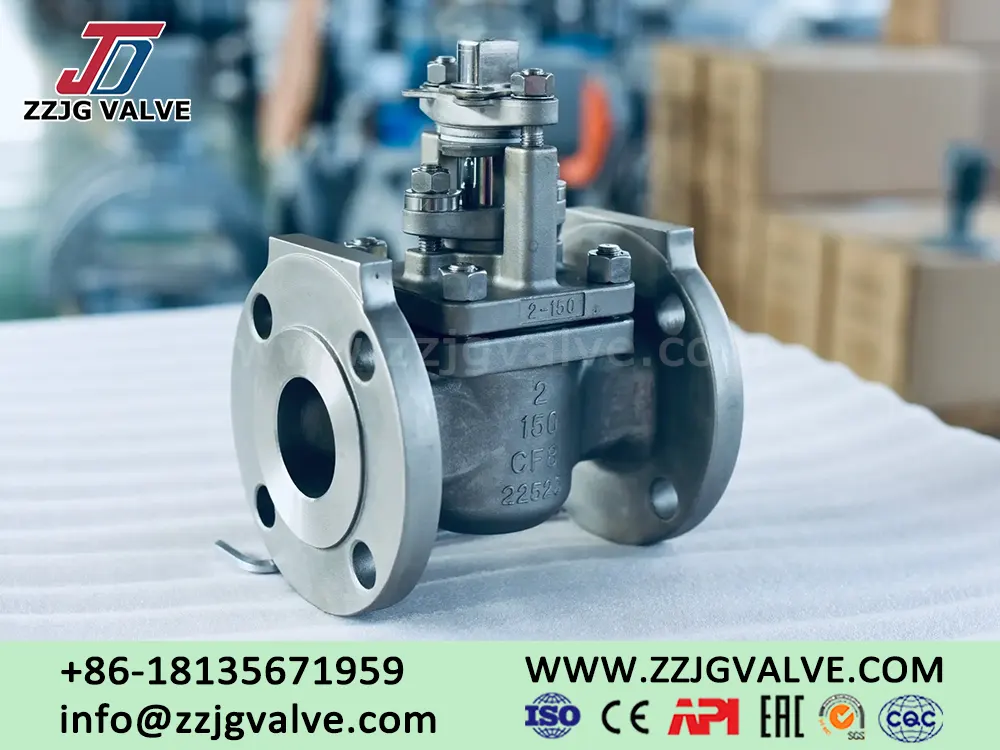Butterfly Valve for Chilled Water System Supplier
Butterfly valves used in circulating cooling water systems are generally electric, water-cooled, high-temperature, and large-diameter. Butterfly valves offer advantages such as simple structure, low flow resistance, rapid opening and closing, and low cost. Therefore, they are widely used in industrial and residential cooling water systems and are one of the core valve types for controlling cooling water flow, pressure, and on-off operation.
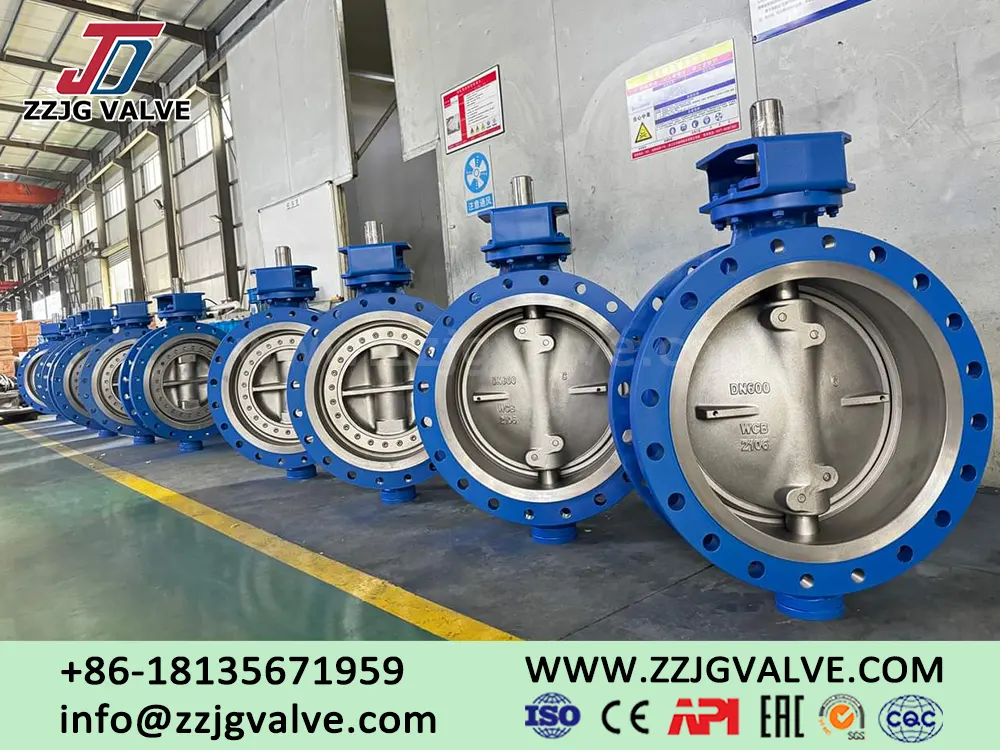
A circulating cooling water system is a water supply system that uses water as the cooling medium and consists of heat exchangers, pumps, pipes, and other related equipment, which circulates water. Electric, water-cooled, large-diameter butterfly valves are a key component in power plant cooling water systems (also known as circulating water high-temperature butterfly valves), crucial for the stable operation of power plants. Butterfly valves are essential for thermal power generation, hydropower generation, and nuclear power plants in the power industry. In thermal power plants, butterfly valves control the flow and on-off of boiler feedwater, steam, and circulating water systems. For example, in the condenser circulating water system of a steam turbine, large-diameter butterfly valves regulate the circulating water flow, ensuring the proper functioning of the condenser and improving turbine efficiency. In hydroelectric power plants, butterfly valves are installed in turbine water inlet pipes as main valves, controlling the flow of water and shutting off the flow, ensuring safe and stable operation. In nuclear power plants, butterfly valves are also used in critical areas such as cooling systems and nuclear island auxiliary systems. Their reliability and sealing performance are directly related to the safe operation of the nuclear power plant.
Traditional general-purpose butterfly valves dominate the market for valves in engineering water supply systems. For example, the engineering water supply system of a certain power plant (2 x 660MW) uses large-diameter butterfly valves for the auxiliary cooling system, the indirect cooling system, the interconnecting network between the inlet and outlet pipes of the two units' circulating pumps, the interconnecting network between the cooling tower outlet pipes, and the circulating water pump inlet and outlet valves. The valves in this system require bidirectional metal hard seals, flange connections, and reliable sealing performance. The indirect cooling system, in particular, places stringent requirements on butterfly valve performance. For safety reasons, power plant valve selection engineers often invest heavily in high-temperature circulating water butterfly valves produced by Zhengzhou Jinggong.
Cooling water systems can be categorized by application as "industrial cooling water" (chemical, power, and metallurgical) and "civilian cooling water" (central air conditioning and building circulating water). Butterfly valves perform different functions in different scenarios. Industrial cooling water systems include power plant condenser cooling water systems, chemical reactor cooling jackets, metallurgical rolling mill cooling systems, and cooling tower circulating water systems. Their primary functions include regulating the amount of cooling water entering the condenser/reactor, controlling equipment outlet temperatures (condenser vacuum), shutting off the cooling water supply to individual pieces of equipment to facilitate maintenance (closing the corresponding butterfly valve when a rolling mill is shut down), and controlling the water flow rate into the cooling tower to match the heat dissipation load (to avoid excessive water flow and energy waste). Residential cooling water systems include central air conditioning chiller cooling systems, building heating/cooling circulating water, and residential cooling towers (such as those in residential areas and shopping malls). Their primary functions are to regulate the cooling water flow to chiller condensers to ensure stable condensing temperatures (to prevent cooling efficiency degradation); to control the cooling water supply to different building zones (such as cooling branches on different floors of a shopping mall); and to shut down cooling water circuits during seasonal changes (such as closing the main butterfly valve when the cooling system is shut down in winter).
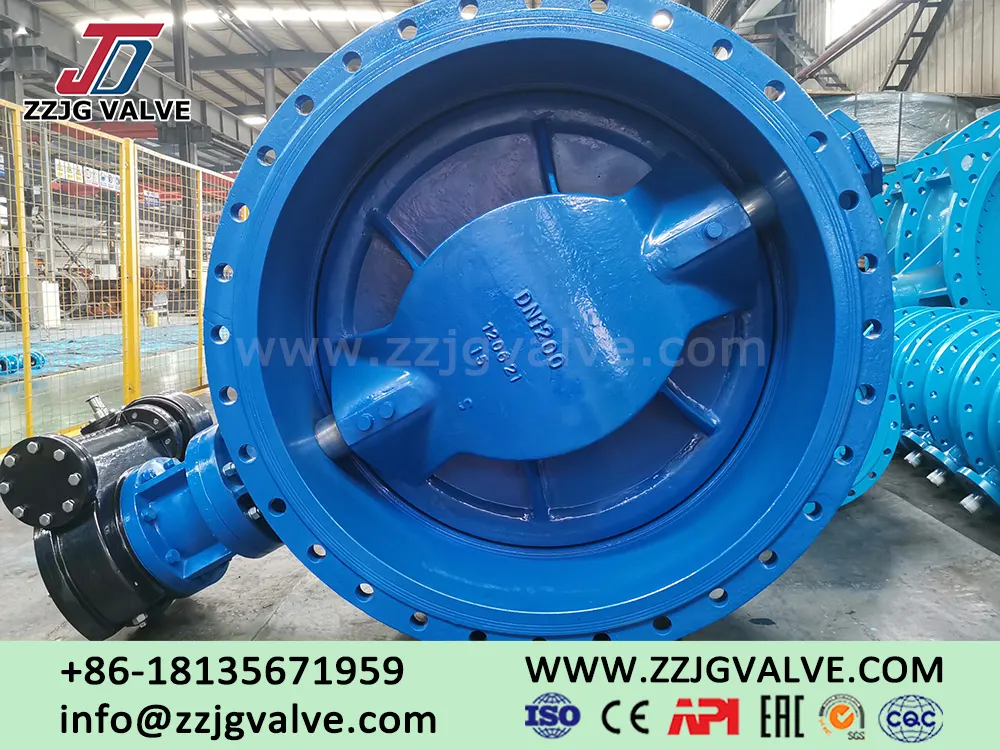
Butterfly Valves for Cooling Water Systems Have Four Advantages
1. Compared to other valves such as gate valves, ball valves, and globe valves, butterfly valves offer the following four key advantages in cooling water applications:
2. Minimal flow resistance, resulting in energy savings and consumption reductions. This is particularly true in large-diameter pipes (DN300 and above). For example, butterfly valves are preferred over gate valves for circulating water pipes in power plant cooling towers.
3. Rapid opening and closing speeds enable quick response to load fluctuations in the cooling water system. For example, if the temperature of a chemical reactor suddenly rises, a large butterfly valve can be quickly opened to increase cooling water flow, avoiding accidents. 3. Compact structure, adaptable to the axial dimensions of large-diameter pipe butterfly valves, particularly suitable for large-diameter pipes (DN500-DN2000) commonly found in cooling water systems.
4. Low procurement and maintenance costs. The manufacturing cost of a butterfly valve for the same diameter is approximately 50%-70% of that of a gate valve. Choosing a butterfly valve can significantly reduce both initial investment and ongoing maintenance costs.
II. How to Select a Butterfly Valve for Cooling Water Systems
Cooling water media vary in water quality, such as hard water and water containing impurities. Temperatures typically range from 0-60°C, reaching 80°C in industrial applications. Pressure fluctuations are also common. When selecting a butterfly valve, consider the following parameters to avoid valve failure:
Material Selection: Suitable for the corrosive and abrasive properties of the cooling water. For civil cooling water, use gray cast iron (HT200) for the valve body; for industrial cooling water, use ductile iron (QT450-10); for corrosive cooling water, use stainless steel (304/316L); and for general cooling water, use ductile iron (coated with epoxy resin). EPDM is used for sealing valve seats for ordinary cooling water with temperatures ≤120°C, PTFE for cooling water with temperatures ≤200°C, and NBR for cooling water containing oils.
Structural Types: Centerline Butterfly Valve (Wafer Type): The center of the valve disc coincides with the axis of the valve stem. This offers the simplest structure and lowest cost, making it suitable for low-pressure, large-diameter applications with low sealing requirements (such as cooling tower main inlet pipes and civil cooling water branches).
Eccentric Butterfly Valve (Single/Double/Triple Eccentric): The valve disc is offset from the stem axis, resulting in superior sealing performance compared to the centerline butterfly valve (achieving "zero leakage"). This makes it suitable for medium- and high-pressure applications with high sealing requirements (such as power plant condenser cooling water and chemical reactor cooling circuits). The triple-eccentric butterfly valve can be adapted with a hard seal (metal seal) and has a temperature resistance of over 400°C, making it suitable for high-temperature industrial cooling water.
Actuation options include manual, electric, and pneumatic butterfly valves.
The nominal pressure (PN) of the cooling water system is typically 0.6-2.5 MPa. The nominal diameter (DN) of the cooling water system must match the diameter of the cooling water pipe. The sealing level can be based on GB/T 13927's "PN1.6 DN100" rating. For critical applications (such as chemical reactors), a "zero leakage" rating (such as API 609 Class VI) should be selected.
III. Key Points for Butterfly Valve Installation and Maintenance in Cooling Water
Installation Considerations: Flow direction and location, pipe pretreatment, and seal protection.
Key Points for Daily Maintenance: Regular opening and closing, cleaning and lubrication, seal inspection, and water quality management.
IV. Common Problems with Butterfly Valves in Cooling Water
Causes of Valve Disc Sticking: Impurities in the pipe that are blocking the valve disc, rust and scaling of the valve stem. Clean the pipe, install a filter, replace the rusted valve stem, and perform regular lubrication. Water softening and descaling should be strengthened. 2. Causes of leakage after valve closure include damaged valve seat sealing surfaces, deformed valve discs, and loose bolts. The valve seat should be replaced, the valve disc should be calibrated or replaced, and the flange bolts should be tightened evenly diagonally.
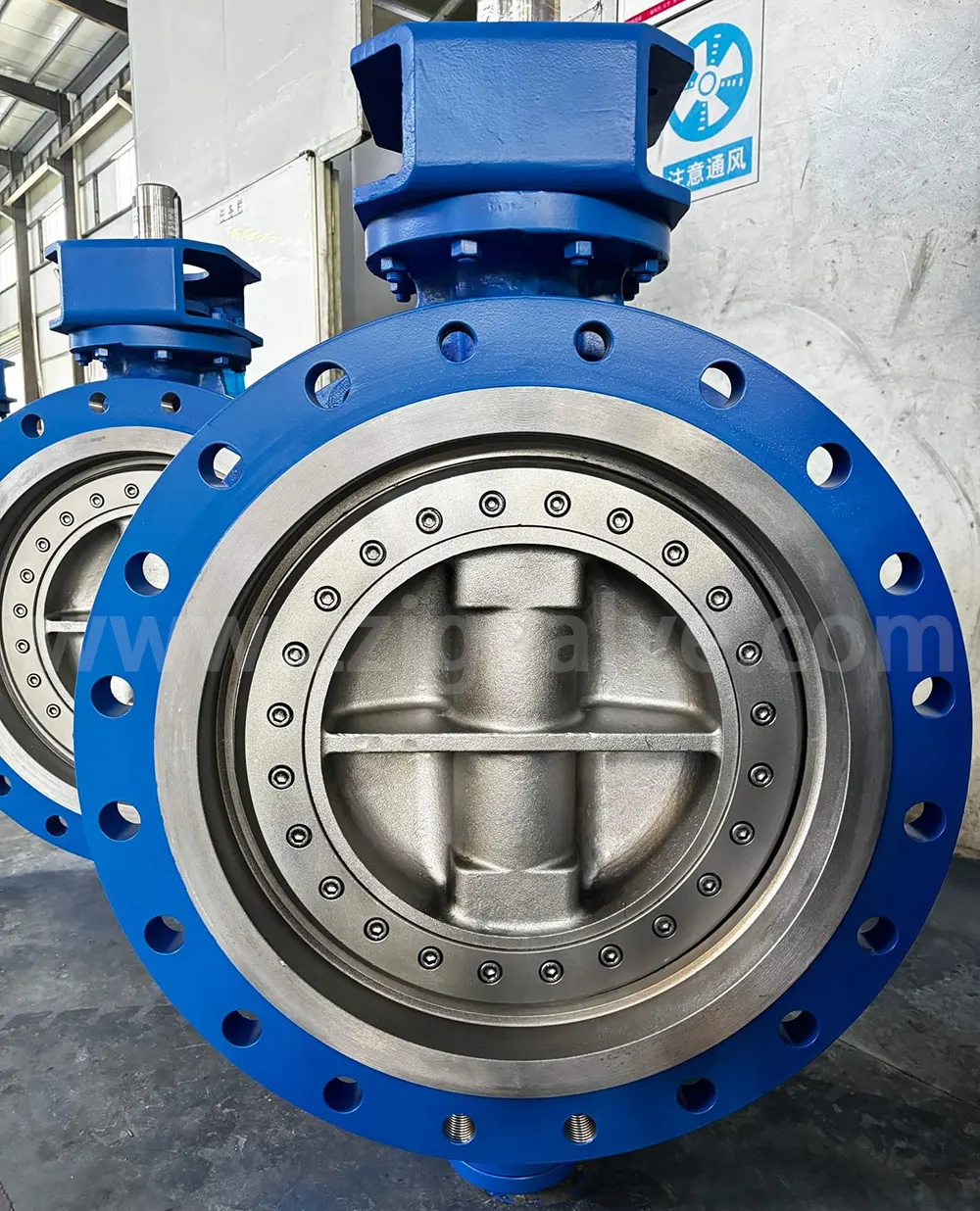
Causes of remote control failure of electric butterfly valves include motor failure, control signal interruption, or valve disc obstruction. Check the motor power supply and windings, troubleshoot the PLC signal circuit, and clean the valve disc of impurities to repair the obstruction.
In summary, butterfly valves used in cooling water applications require careful selection based on factors such as system pressure, water quality, and automation requirements, as well as careful installation and maintenance. To fully leverage their advantages of low resistance, fast opening and closing speeds, and low cost, they ensure stable operation of the cooling water system.
ZZJG Valve provides the above information on butterfly valve for chilled water system supplier. If you want to know more about chilled water system butterfly valve, please contact us via WhatsApp or email.
Next: Fluoroseal Sleeved Plug Valves Non-lubricated

